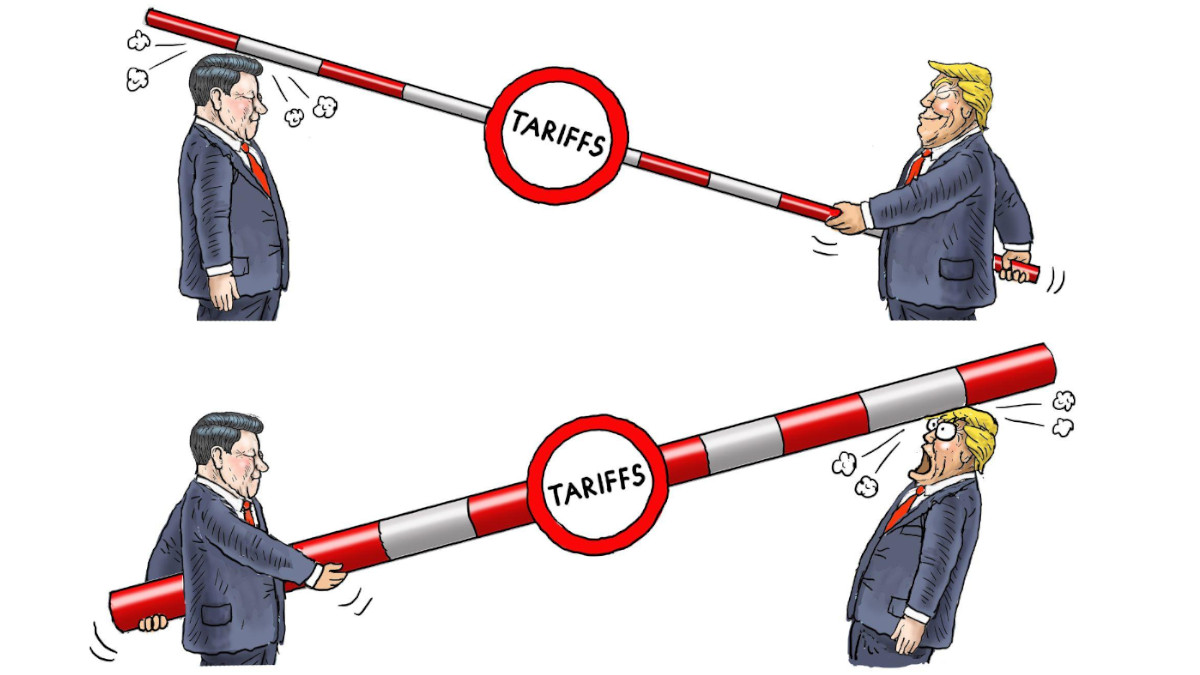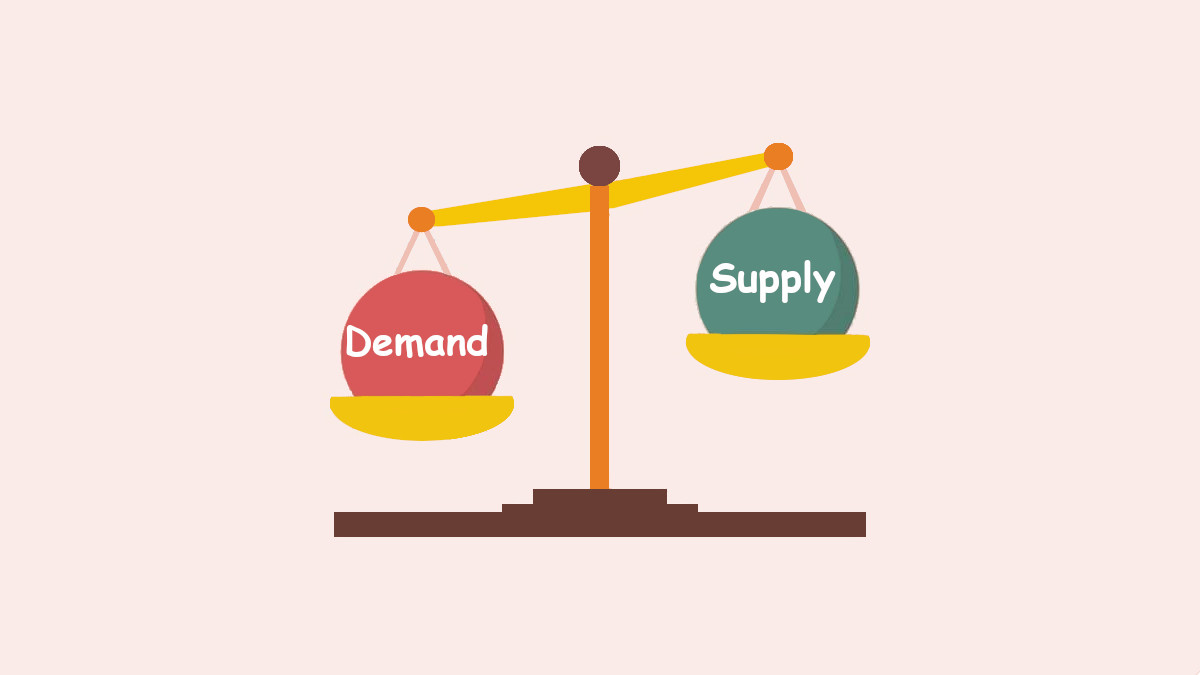Canadian Dollar (Loonie) Weakens Despite Oil Price Increase

Loonie decreased slightly against its US dollar on Thursday, decline occurred even though the price of oil, a crucial Canadian export, rose marginally.
The primary driver behind the loonie's weakness was the overall rise of the US dollar against other major currencies. This appreciation stemmed from the Federal Reserve's (Fed) recent position: Fed hinted at potentially delaying the start of interest rate cuts until December, which is later than previously anticipated. Also BoC reiterated its openness to further reducing interest rates if inflation continues to ease. This policy position generally weakens the loonie's value.
Factors Influencing USD/CAD
Oil Price Increase
Canada, as you know, is a major oil producer and exporter. When oil prices rise, demand for Canadian dollars increases. This is because oil sales generate Canadian dollars:
Foreign countries need Canadian dollars to buy Canadian oil. Increased oil sales mean more Canadian dollars flowing into the economy, strengthening the loonie relative to the US dollar. Higher oil prices translate to more tax revenue for the Canadian government. This can improve Canada's economic outlook and investor confidence in the Canadian dollar.
Fed Rate Cut Expectations
When the Fed cuts interest rates, it makes it cheaper to borrow US dollars. This can weaken the US dollar in a few ways:
- Reduced demand for US dollars: Investors are often attracted to currencies with higher interest rates because they offer a better return on investment. If US rates fall, some investors may be less interested in holding US dollars.
- Carry trade: Some investors borrow in low-interest-rate currencies (like USD if rates are cut) and invest in higher-interest-rate currencies (like CAD if the Fed cuts rates relative to the Bank of Canada). This increases demand for the higher-yielding currency and weakens the one being borrowed in (USD).
Net Effect on USD/CAD
In this scenario, the two factors have opposing effects:
- Rallying oil prices: This strengthens the Canadian dollar (CAD).
- Fed rate cut expectations: This weakens the US dollar (USD).
The net impact on the USD/CAD exchange rate depends on which factor is stronger.
The interest rate differential between the US Federal Reserve and the Bank of Canada significantly impacts the USD/CAD exchange rate.
- Recent Bank of Canada Decision (June 5, 2024): BoC lowered its key policy interest rate by 25 basis points to 4.75%. This was the first rate cut in a series expected by some analysts to address inflation concerns.
- Federal Reserve Outlook: Fed is currently holding steady at a target rate of 5% after a period of aggressive rate hikes in 2022 and early 2023. However, there's some speculation that the Fed might also consider rate cuts later in 2024 to stimulate the US economy.
USD/CAD Currency Pair Analysis
Currently, the Bank of Canada has a slightly lower interest rate than the Fed (4.75% vs. 5%). This, in theory, would make the US dollar (USD) slightly more attractive to investors seeking higher returns, potentially strengthening the USD against the CAD. However, the expectation of future Fed rate cuts could weaken the USD's appeal. Investors might hold off on buying USD if they anticipate its value decreasing due to potential rate cuts.
The current interest rate situation creates a mixed picture. The slightly higher Fed rate could favor the USD, but the anticipation of future cuts weakens its position. This highlights the importance of considering future monetary policy expectations when analyzing exchange rates.
Current Market Sentiment sending some mixed signals:
- US Economy: There might be some concerns about a potential slowdown in the US economy, which could weaken the USD.
- Canadian Economy: Canada's economy benefits from the recent rise in oil prices, potentially strengthening the CAD.
In conclusion
We learned that loonie is caught in between two opposing forces. The recent rise in oil prices, a major Canadian export, strengthens the loonie. However, the Federal Reserve's signal of potentially delayed rate cuts weakens the US dollar, making it less attractive and giving the loonie some support. The Bank of Canada's openness to further rate cuts puts downward pressure on the loonie, creating a complex scenario for currency valuation.
You should consider these factors when analyzing the USD/CAD exchange rate:
- Oil Prices: Rising oil prices tend to strengthen the loonie.
- Interest Rate Expectations: The interest rate differential between the BoC and Fed significantly impacts the USD/CAD exchange rate. Expectations of future rate cuts can influence currency valuations even before they materialize.
- Market Sentiment: Broader economic conditions in both the US and Canada, along with global uncertainty, can affect the USD/CAD exchange rate.







